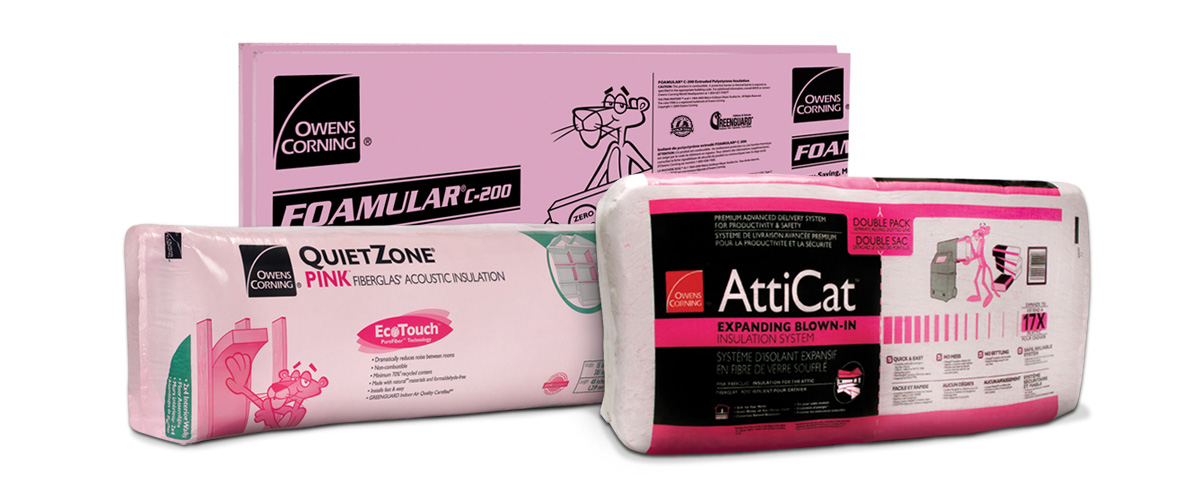Chasing Arrows: The Continued Central Role of Recycling in the Circular Economy

Author: Molly Black
A key tenet of the “circular economy” sustainability paradigm is the reduction in reliance on virgin materials. The goal is to create high functioning products that flow from cradle to cradle instead of cradle to grave – that is, a closed-loop system, where products are reused rather than disposed of, as opposed to a linear, single-use oriented system.
This goal is aptly captured by the classic chasing arrows symbol. Early in its efforts to promote the “Three R’s” (reduce, reuse, recycle) waste management campaign, the US Environmental Protection Agency explained that the first arrow represents the collection of recycled materials, the second arrow represents the remanufacturing of new products, and the third arrow represents the purchase of these products by consumers. (See “Recycling Means Business,” 1995)

A whole generation has since grown up with the Three R’s mantra. Decades of development have gone into building a robust recycling infrastructure, although as we’ve seen, the market prices for recycled materials can oscillate wildly in the face of supply and demand fluctuations. Closing the recycling loop depends on turning these collected materials into new products and selling these products to consumers, along with providing the education, incentives and convenience needed to stimulate product recycling at the end of life.
New technologies and product innovation are helping to expand processing and remanufacturing capacity. Since the early 1990s, thousands upon thousands of manufacturers and suppliers have sought third-party certification of the recycled content in their products to demonstrate to their business customers and consumers that they are actively contributing to this circular economy system. Everyday products range from Command Packaging’s reusable grocery bags, verified to be in compliance with California’s recycled content packaging law reusable grocery bags, verified to be in compliance with California’s recycled content packaging law (SB 270), to Swojin Enterprise Co., Ltd.’s yarn made from 100% recycled PET bottles and used in a variety of apparel applications, to ClosetMaid® shelving solutions. The Container Store utilizes recycled content to make their TCS Closets. Architects and specifiers can have their pick of brand-name products featuring certified recycled content, such as Andersen windows (recycled glass and wood), Tandus carpeting (recycled fiber), and Owens Corning insulation products (various recycled materials).

Recycling helps build our economic, natural, and social capital, using fewer resources and protecting natural resources as well as impacted ecological systems. It can have positive social impacts as well, not only by reducing blight, but also by avoiding exploitation and depletion of natural resources, which can result in displacement of residents and create toxic environments that can cause long-term health effects. Economically, recycling also contributes to a sustainable resource stream.

In the US, a series of Executive Orders issued by Bill Clinton and subsequent presidents, along with the federal agencies, have been active promoters of recycling, as discussed by my colleague, Stowe Beam, in his blog, “Starting-Up Sustainability: Back to the Future.” States such as California, New York, and Illinois have implemented legislation to encourage recycled content use in products. This is helping to increase the demand for recycled content in place of virgin materials.
Some waste management companies still suggest that the increasing number of recycling mandates will drive up waste management costs, as noted by plastics expert Mike Biddle in “What plastic can learn from steel in a circular economy.” However, research has shown that there are economic benefits to promoting recycling. More jobs with higher income levels are created by recycling than landfilling or incinerating waste. Simultaneously, recycling has the potential to meet a large proportion of the economy’s demand for resources, alleviating pressure on the environment. Among its benefits, recycling facilitates the reduction of greenhouse gas (GHG) emissions. From a life-cycle standpoint, the energy needed by industrial production processes to transform raw materials into usable products is frequently much higher than energy used to collect, transport, and reprocess recycled materials.
In summary, recycling is integral to society’s efforts to achieve the United Nation’s Sustainable Development Goals, benefitting our economy, our environment, and ourselves over the long term.
For more information on Recycled Content certification, contact Karen Righthand at [email protected], or by calling 1.510.452.6817.
